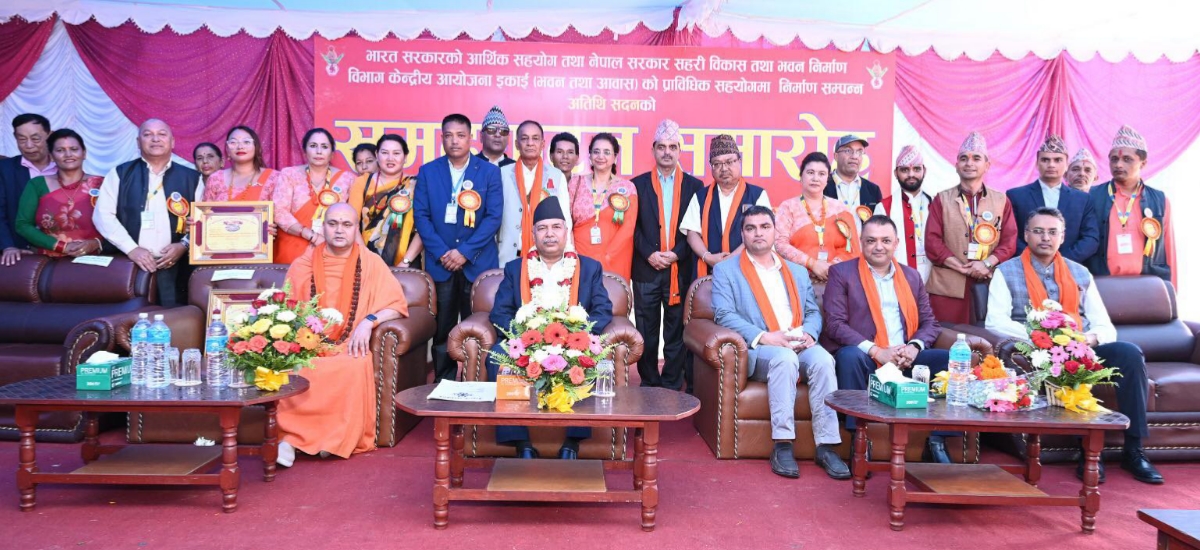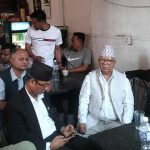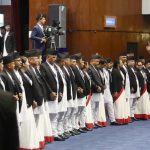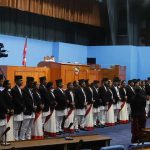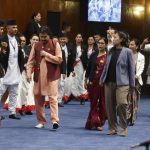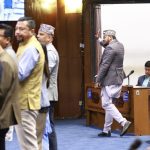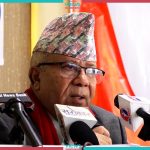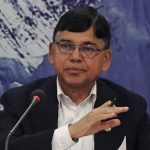Kathmandu: Vice President of Nepal, Rt. Hon’ble Ram Sahay Prasad Yadav has inaugurated the Budhanilkantha Dharmashalathe (Atithi Griha) at Budhanilkantha Municipality – 03, Kathmandu.
Other participants in the event were Swami Nigamananda, Mathadhis of the Budhanilkantha Temple, Members of Parliament, Mr. Gagan Kumar Thapa and Mr. Pradeep Paudel, and Shri Prasanna Shrivastava, Chargé d’affaires, Embassy of India, Kathmandu.
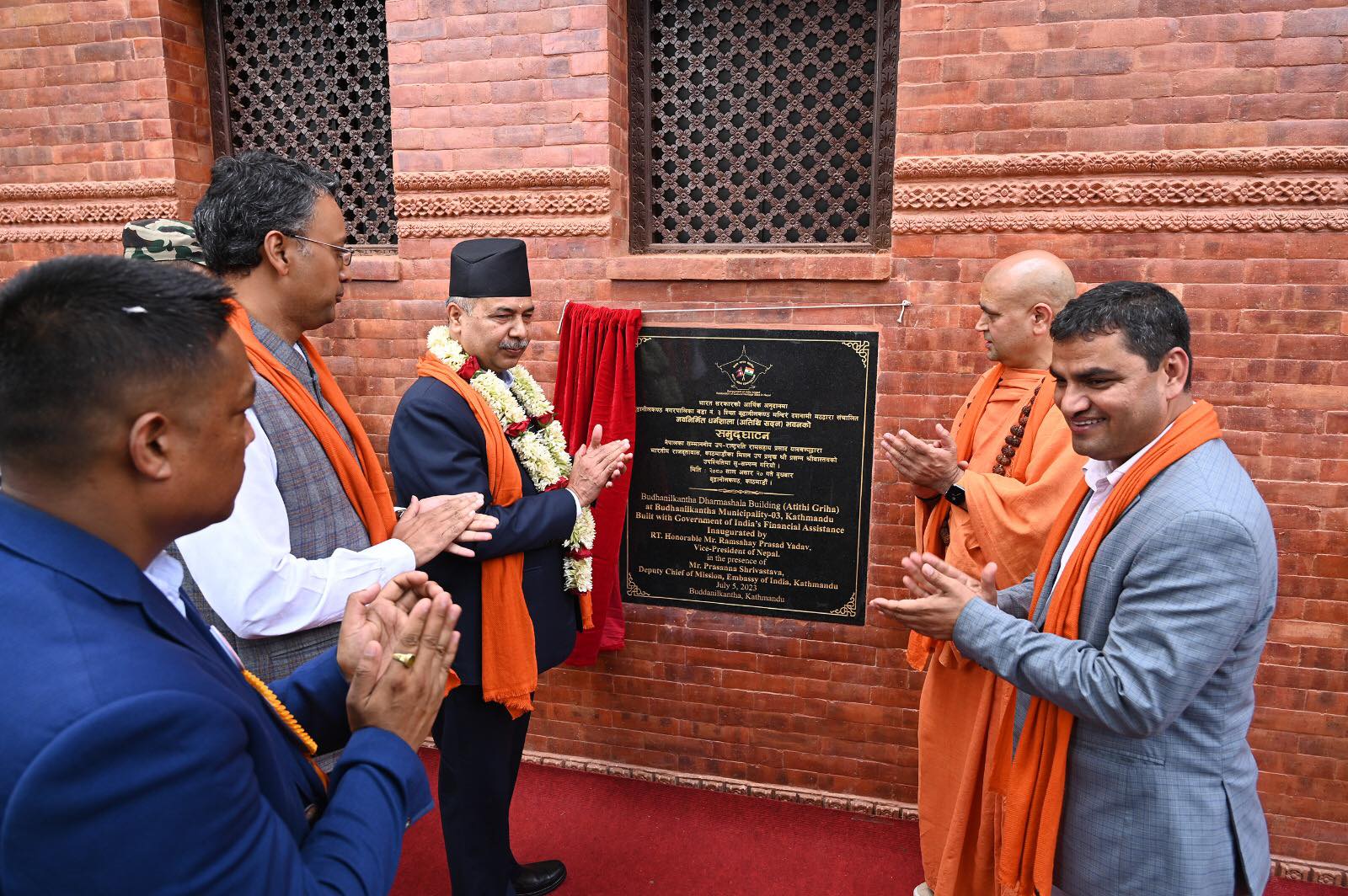
Dr. Shivraj Pandit, Chief of Guthi Sansthan, representatives of Budhanilkantha Temple Committee, officials from the Government of Nepal, and the Embassy of India, Kathmandu were also present at this event.
The Dharmashala has been built with the government of India’s grant assistance of around NRs. 5 crore. The project was taken up under the post-earthquake reconstruction grant in the cultural heritage sector in Nepal.
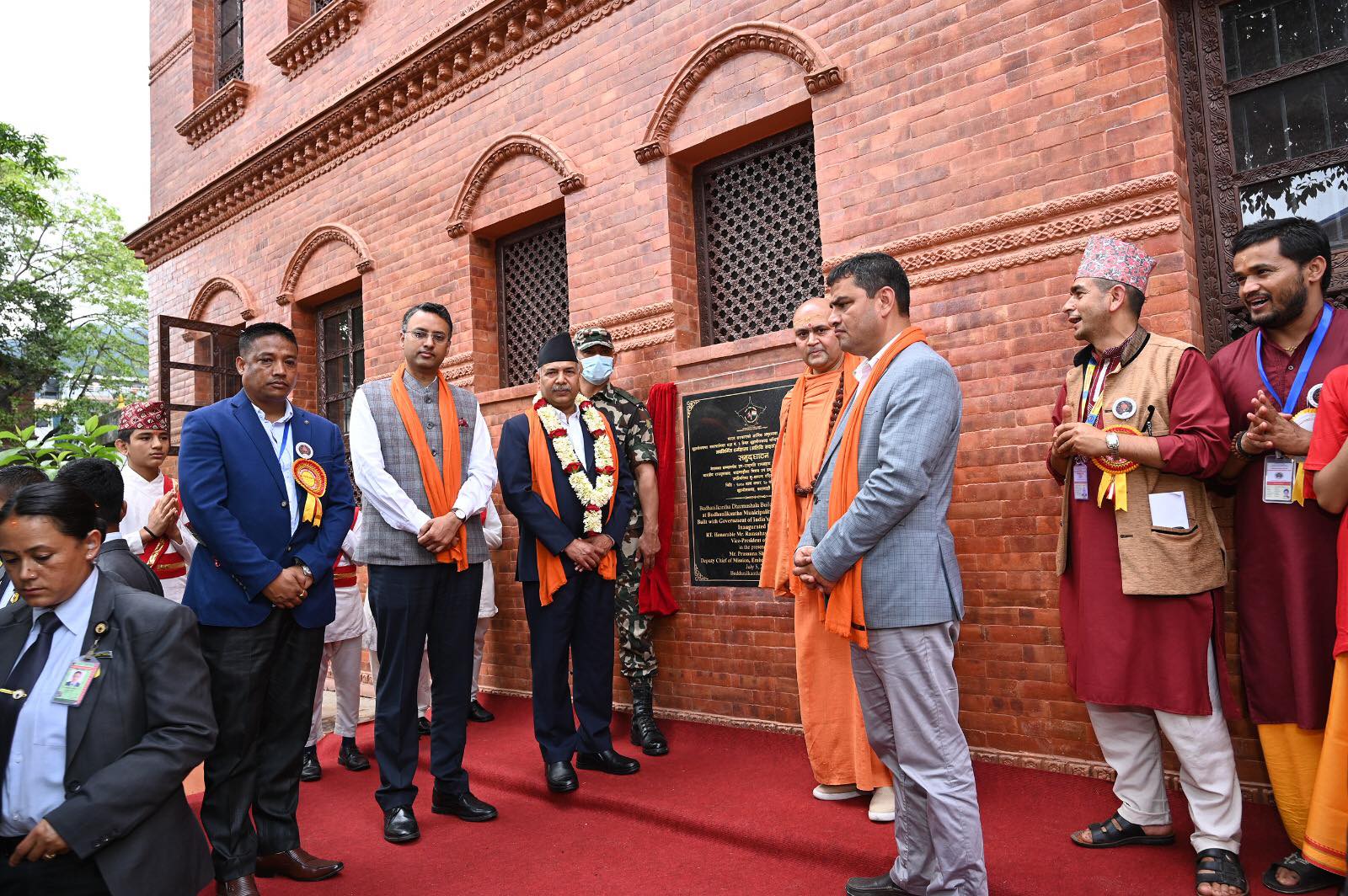
The Dharmashala building, which got damaged during the 2015 Gorkha earthquake, has now been reconstructed as per Depthe Archaeology’s Basic Guidelines and Manual for Conservation Conservationuction of Heritage affected by the 2015 earthquake.
The project was implemented by the Central Level Project Implementation Unit (CLPIU – Building & Housing), Department of Urban Development, and the Building Construction Government of Nepal.
The new three-and-a-half-storied Dharmashala will serve thousands of pilgrims visiting Budhanilkantha Temple, which holds great significance as one of the most revered cultural and religious sites of Nepal.
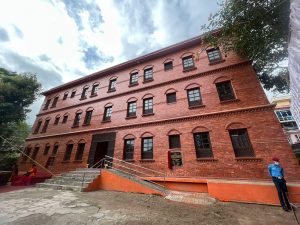
This project is a reflection of India’s long-standing development partnership with Nepal and complements the effort of Nepal in post-earthquake reconstruction in Nepal.
Vice President of Nepal, in his remarks, appreciated the support by the Government of India for post-earthquake reconstruction.
The government has committed to take up conservation on 28 cultural heritage sites across seven districts of Nepal. Besides the post-earthquake reconstruction grant, the Government of India has supported the reconstruction of 50000 private houses in Gorkha and Nuwakot districts, the reconstruction of 71 educational institutions across 8 districts, and the reconstruction of 132 health facilities, across 10 districts of Nepal.


